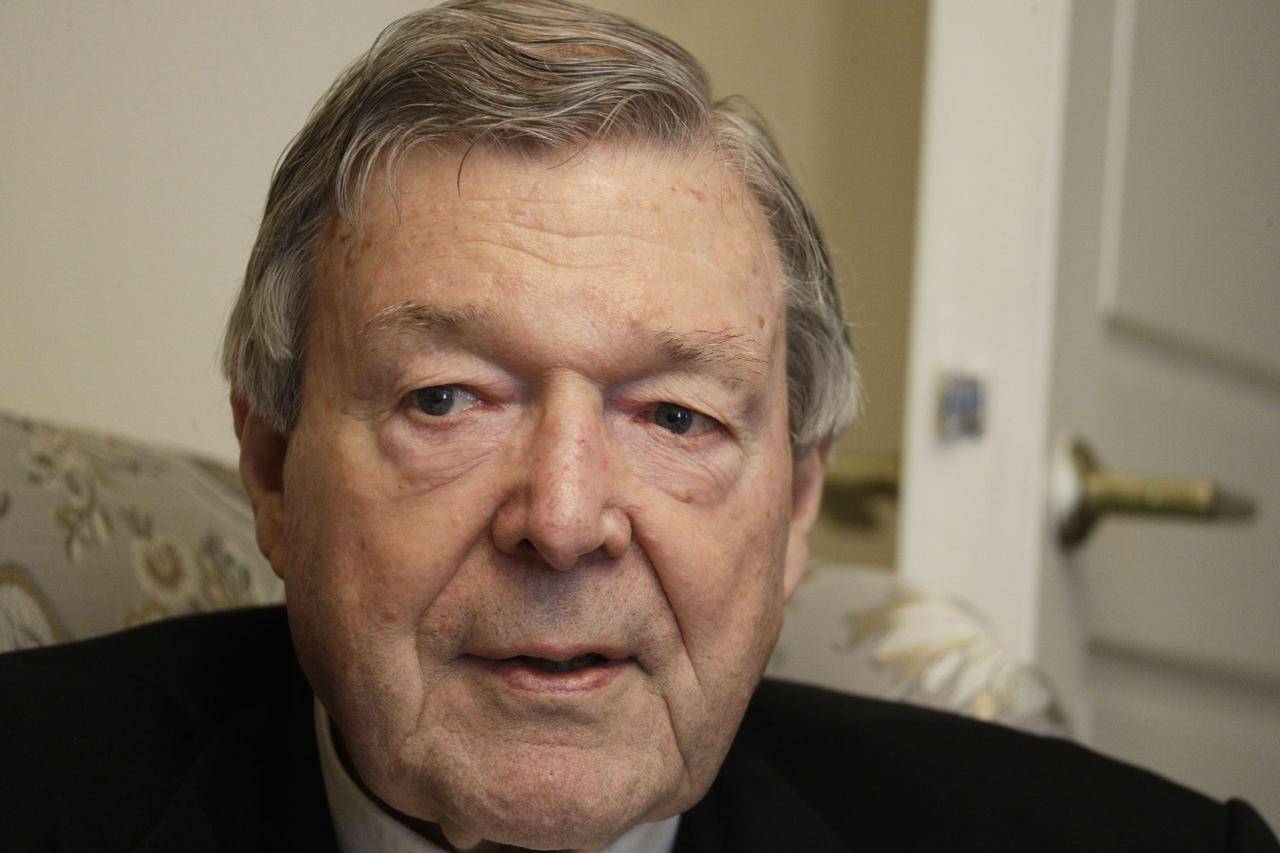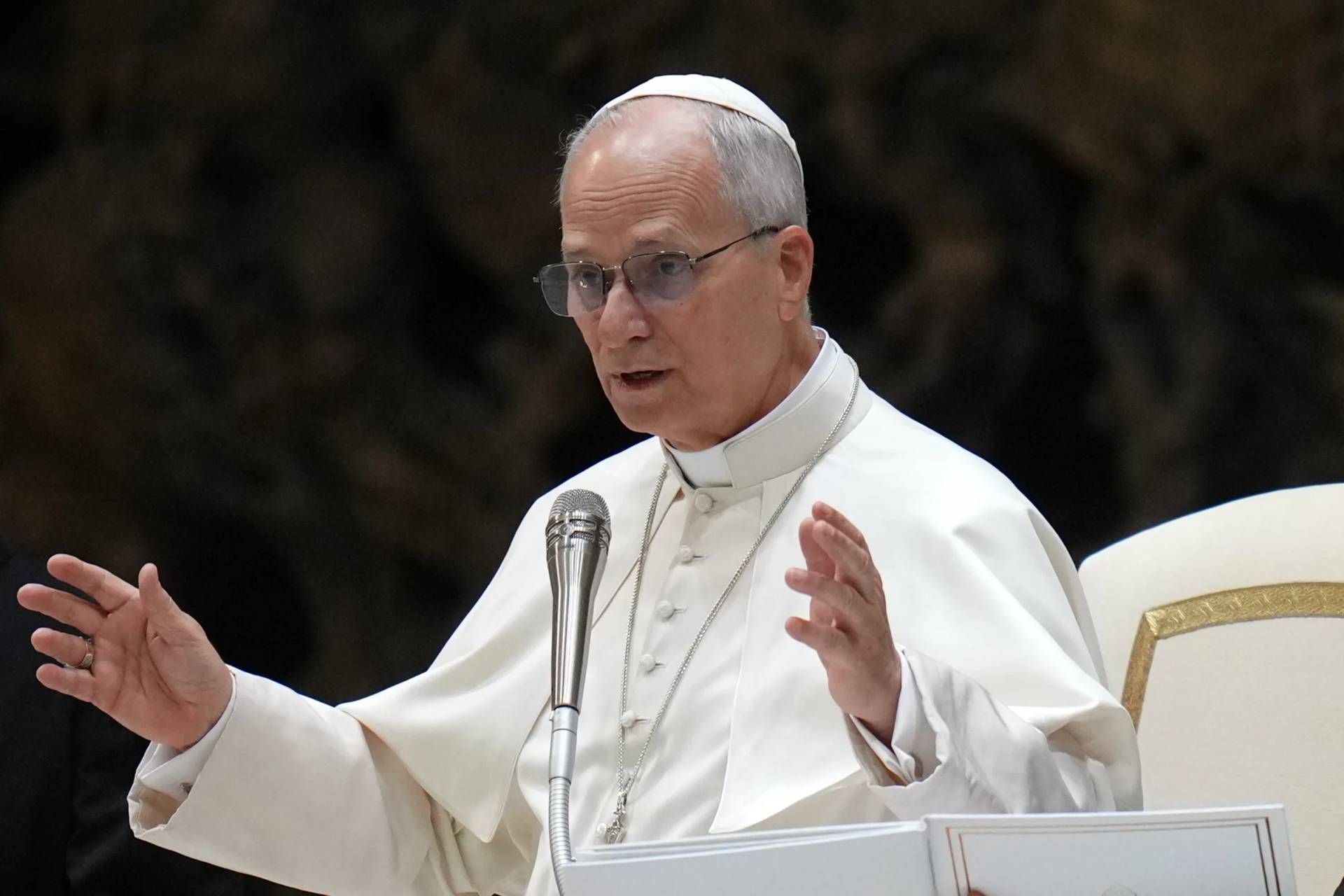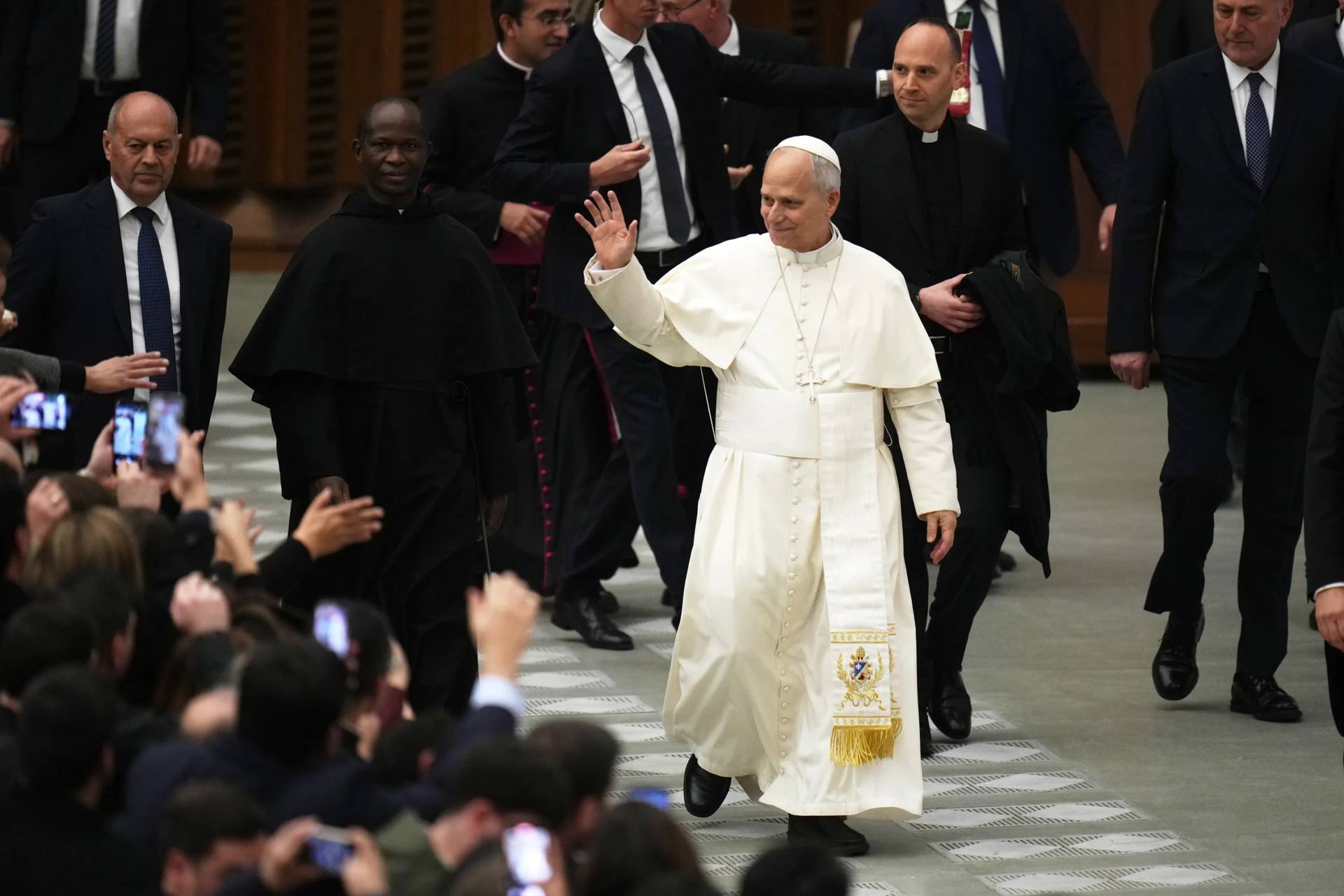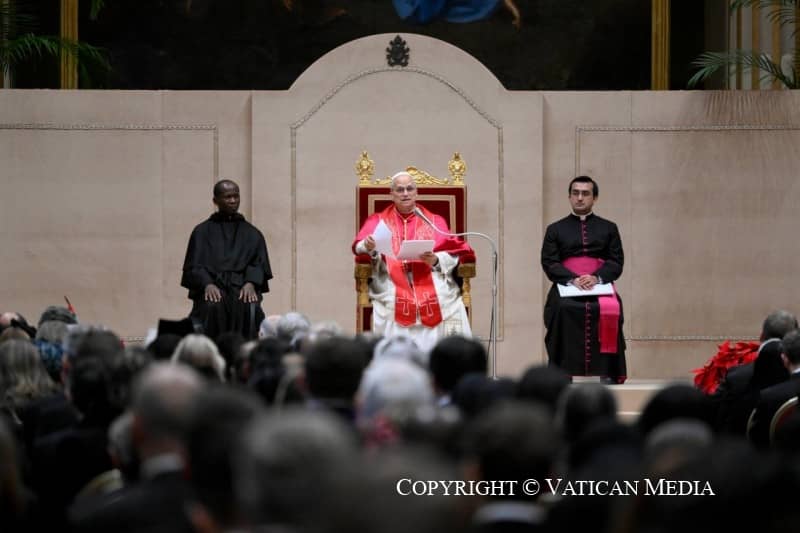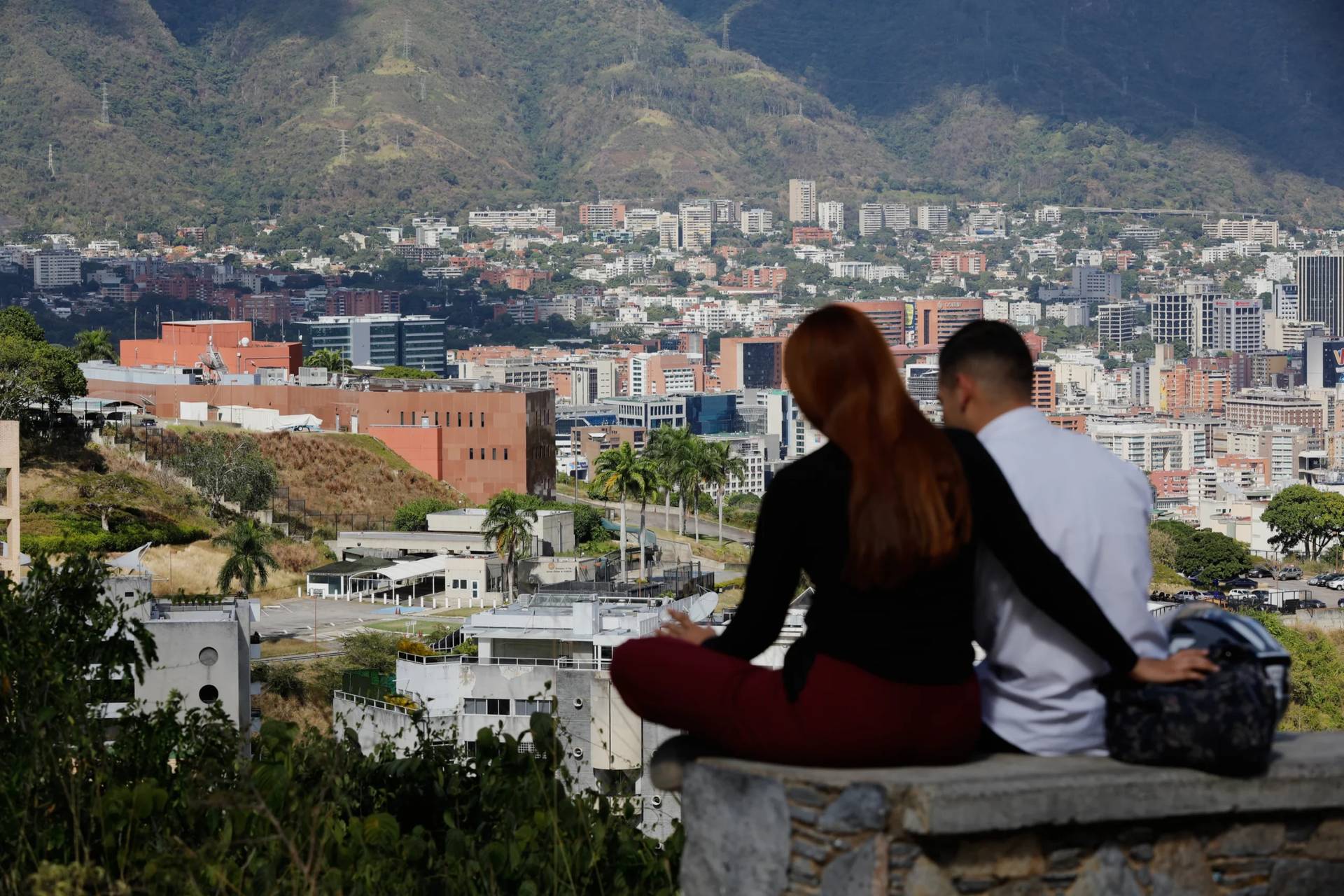News came through last week of an astonishing overreach by the Archbishop of San Antonio, Gustavo Garcia-Siller. In a letter to parishioners he explained that he was removing their pastor, Father Christopher Phillips “to dedicate some time to reflect on certain specific concerns that I have shared with him.”
Phillips’ fascinating story as a convert from the Anglican tradition was highlighted in an article at Crux a few months ago. In 1982, as an Episcopal priest with a young family, Phillips traveled from his native Rhode Island and was ordained under the rules of the Pastoral Provision by Archbishop Patrick Flores.
For the last thirty five years Phillips has worked with his people to build a thriving parish and school in San Antonio. The parish faithfully maintains the Anglican patrimony within full communion of the Catholic Church.
For the first decades of the parish’s existence it existed within the diocese of San Antonio. However, in 2009 Pope Benedict XVI established the Anglican Ordinariate so that Catholics from the Anglican tradition might have their own “church within a church.”
The Ordinariate of the Chair of St. Peter is the Anglican Ordinariate for North America. Now that the ordinariate is established, it should be obvious to everyone that the parish of Our Lady of the Atonement’s true home is in the non-geographical jurisdiction of the Anglican Ordinariate.
Parishioners at Our Lady of the Atonement are justifiably mystified by their archbishop’s letter. Why, they wonder, would the Archbishop remove a good, hard working and experienced priest if he has done nothing wrong?
Is he really simply asking Phillips to “dedicate some time to reflect on some issues” or is there something darker lurking below those innocuous words? The parish has issued a statement that the archbishop has, in fact, begun the canonical procedure to remove Phillips as pastor.
If this is true, why has the archbishop not been transparent with the parishioners?
The archbishop’s predecessor, Archbishop Patrick Flores, died a few weeks ago. Flores was a supporter of the provision for Anglican Use parishes, Phillips and Our Lady of the Atonement parish.
Does Garcia-Siller’s action so soon after Flores’s decease have anything to do with his decision?
Human nature being what it is, parishioners wonder whether the archbishop’s unprecedented move has more to do with the property and finances of Our Lady of Atonement parish. What pastoral motivation could the archbishop have for removing a much loved, experienced and excellent priest? Could it be that despite the archbishop’s graciously worded letter, his action is no more than a blatant land grab?
By removing Phillips and installing his man, is the archbishop making sure that the church, school, rectory and land of Our Lady of the Atonement is not lost to the Ordinariate? Inside sources indicate that the archbishop wants to turn Our Lady of the Atonement into an ordinary parish of the archdiocese, allowing just one Anglican rite Mass per week.
The Anglican Ordinariate is a historic and unprecedented move by the Catholic Church to welcome Protestants into the Catholic fold. Those who are watching the events unfold in San Antonio are asking what this says about our Catholic bishops’ commitment to ecumenism.
If an archbishop uses his power to quash the Anglican Ordinariate, those who are working hard to make it succeed will naturally be discouraged. It is ironic that it was during the Week of Prayer for Christian Unity that Garcia-Siller has moved against one of the most successful ecumenical experiments we have ever seen, and has inhibited the ministry of a man who is an internationally known pioneer in this experiment.
Most disturbing is the archbishop’s treatment of Phillips himself. Instead of following proper canonical procedures, the archbishop demanded that Phillips not set foot on parish property and have no communication with his parishioners.
This is the sort of draconian discipline dioceses use for priests who have seriously offended.
Quite apart from the remarkable use of threats and force, is the archbishop not aware that whenever a priest is publicly disciplined his people wonder what he has done wrong? These questions are natural, and another question naturally follows, “If the priest has done nothing wrong, but he is publicly removed from his office, told he may not set foot on parish property or communicate with parishioners, is that not a grave injustice?”
He has done nothing wrong, but in the eyes of the public he is being treated in the same way as a priest accused of pedophilia.
Unfortunately, Catholic prelates are too often perceived as inflexible, authoritarian and aggressively assertive. I don’t believe this is true, but Garcia-Siller’s actions in the case of Phillips and Our Lady of the Atonement parish are not helping to correct the misperception.






